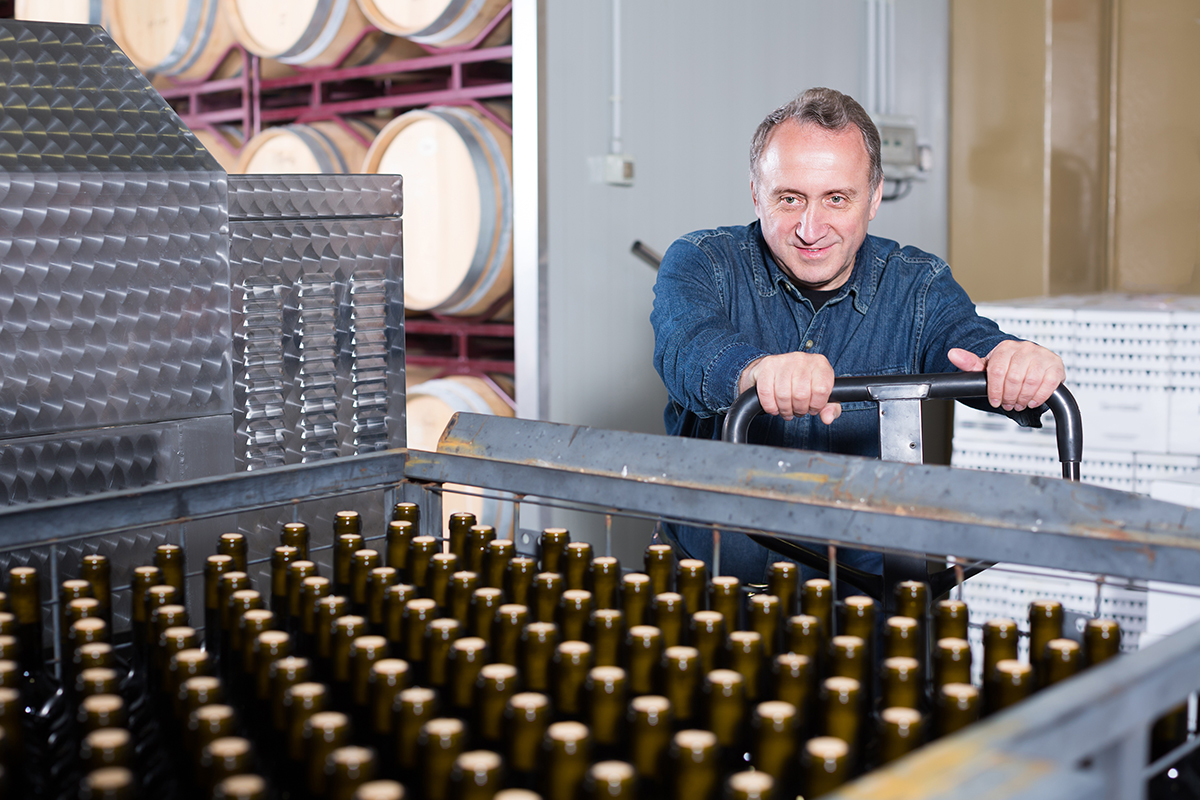
Fine wine is surprisingly sensitive - therefore, you need to transport and store it with care. Many people associate the name of fine wine with the tasty alcoholic beverage made from fermented grapes. It is one of the most nuanced, complex, and diverse drinks in the world. However, it is also one of the most challenging to transport.
The popularity of fine wine has been on an upward tick for the last decade, at least, which is why a wine transportation service may be a profitable business to start. However, the wine transportation business faces certain unique challenges that many tend to overlook.
The Classic Challenges of Transporting Wine
Transportation is important as wine is rarely grown and sold in the same location. Most fine wine sales happen in major urban areas, but the grapes are grown in rural areas. If you are planning to transport wine, you should pack the bottles properly to ensure quality and safety. If you fail to pack them properly, the bottles can easily break, or the shipment may be denied entirely.
On an international level, importers usually transport wines by sea. You will find containers transporting
wine under the sea mark point of the ship. The purpose of placing them there is to avoid too much movement in the bottles, in addition to keeping them cool.
Some containers have a thermo-kit that helps prevent sharp temperature variations. Some prestigious wine importers also use reefer containers to transport their fine wines. This type of container keeps the wine at a precise 15 degrees; however, it is much more expensive than a standard container.
Factors to Consider During Transportation
During transportation, you will need to have a plan for things such as packaging, time of the year, labeling laws, costs, and more. The most important factor to consider, however, is the temperature. The ideal temperature for a container transporting fine wine is between 10 degrees and 20 degrees. Beyond this range, the chances of damage are quite high.
Potential Damages of Poor Transportation
According to some estimates, one in three bottles of fine wine goes through poor transportation conditions, which can lead to damages such as:
- Loss of freshness.
- Degradation in taste and color.
- Inability to age properly.
- Shrinking of the cork, which leads to oxidation and leaking.
- Bottle breakages.
Effectively Storing Fine Wines
This lavish and popular beverage has been around for thousands of years, and people from every part of the world are fascinated by it. When you transport fine wine from one place to another, you need to know how to store it properly. Some of the things you need to do include:
- Store corked bottles of wine on their sides.
- Keep fine wine in the dark.
- Maintain constant temperatures
- Try not to move the wine bottles once you store them.
Avoid It All with the Help of a Professional Distributor
A professional distributor will handle every headache in your supply chain, including trucking and warehousing. They provide efficient and secure solutions to facilitate and expedite your wine transportation process.
18 Wheels Logistics is your number one 3PL provider that provides the best outsourcing services in warehousing, labeling, copacking, and logistics. Contact us today to find out what we can do for your and your team.
